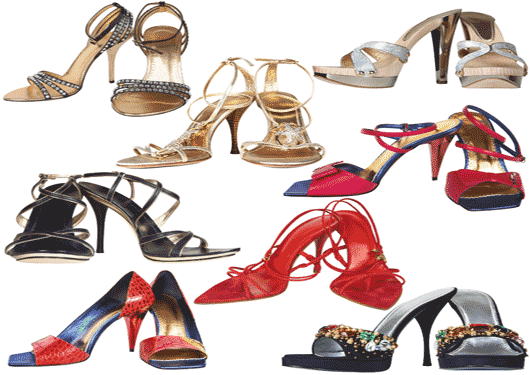
Visit Our Sponsors |
|
|
|
|
|
|
|
|
|
|
|
|
|
|
|
|
|
|
|
|
|
|
|
|
|
|
|
|
|
|
|
|
|
|
|
|
|
|

Shoe retailers have taken forward strides despite a challenging retail market. Sales for the shoe-stores industry have sizably outperformed most other traditional apparel-retailing industries. While shoe-store operators have contended with difficulties such as consumers’ shift toward online shopping and the growing dominance of off-price and fast-fashion retailers, industry revenue is expected to increase at an annualized rate of 2.4 percent to $35.4bn over the five years to 2016. The surging popularity of athleisure fashion and the expanding premium market has largely supported industry growth. According to the Bureau of Labor Statistics, consumers earning over $120,000 per year accounted for 42.6 percent of spending on shoes, compared with 33.4 percent in 2010. The growing upscale market has allowed many designer and boutique stores to flourish over the past five years. Additionally, the rising dominance of off-price stores in the retail market has also benefited shoe store brands such as DSW and Famous Footwear, which have expanded their store counts, particularly in outlet malls. These stores appeal to both brand-sensitive and price-conscious consumers.
Online flourishing
Similar to most retailing industries, the sales of shoes online have outpaced traditional brick-and-mortar shoe store sales, with online shoe sales expected to increase at an annualized rate of 15.2 percent to $12bn over the five years to 2016. Over the past five years, the percentage of e-commerce sales has increased from 4.9 percent to 8.2 percent, as online shopping has become more accessible and convenient for consumers. Shopping for shoes online is often more attractive to consumers than clothes shopping, due to shoe size uniformity. Often, consumers try on merchandise in traditional brick-and-mortar locations, only to price shop and purchase the item online; this is a process known as showrooming. The rapidly growing online market has enticed many online-only operators to enter and expand within the industry. In addition to owning Zappos.com, one of the first online shoe sites, major online retailer Amazon has invested heavily in its apparel and shoe offering. This year, Amazon launched its own private-label shoe brand under the name Franklin & Freeman. Existing operators have also expanded their online offering to capitalize on the growing share of online sales. Footlocker, the industry’s second-largest company, has experienced an annualized online sales growth of 16.8 percent over the five-year period, compared with 5.5 percent of domestic brick-and-mortar sales. For omnichannel operators like Footlocker, investing in e-commerce offerings has been crucial to stay competitive, especially as more consumers engage in showrooming.
The outlook
Over the five years to 2021, brick-and-mortar shoe store sales and online shoe sales are expected to rise at annualized rates of 1.3 percent and 9.2 percent, respectively. For brick-and-mortar stores, growth will be largely driven by off-price retailers such as DSW, which announced plans to open 34 new store locations in 2016 alone. Despite overall shoe stores’ revenue growth, many traditional shoe stores will struggle to keep its doors open, as mall foot traffic declines and online commerce upsurges. Along with a slew of new online-only operators, many existing store retailers will increase its focus to their online channels in order to capture rising online demand in lieu of sluggish brick-and-mortar sales. As the online market becomes even more saturated over the next five years, operators are expected to increase their search-engine optimization and social media advertising spending, as well as provide more service offerings such as free shipping and returns.
Source: IBISWorld
RELATED CONTENT
RELATED VIDEOS
Timely, incisive articles delivered directly to your inbox.

